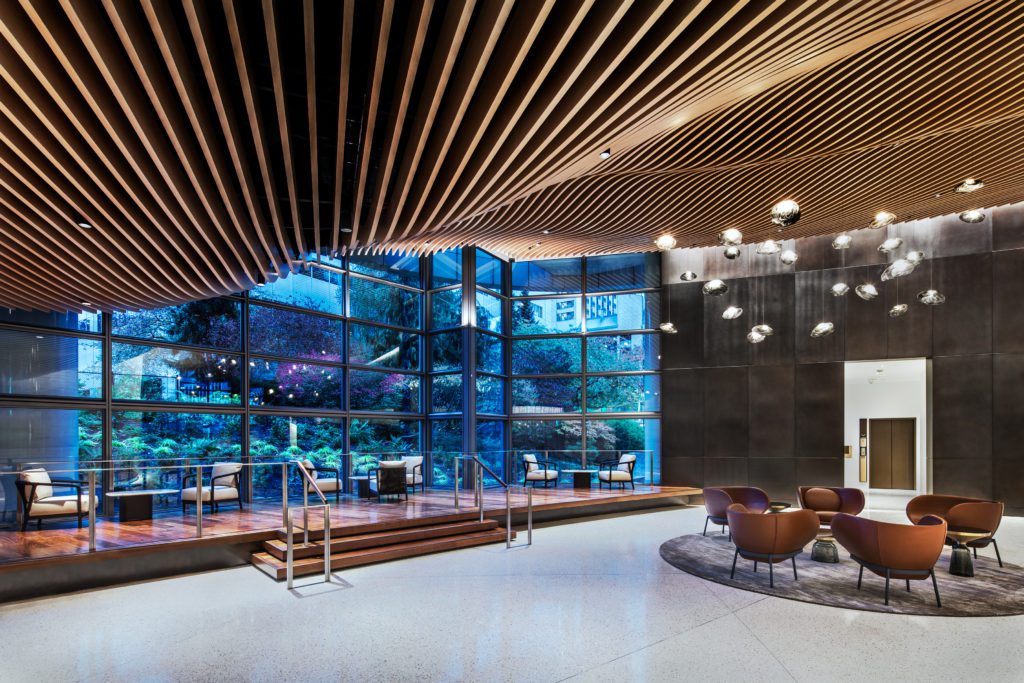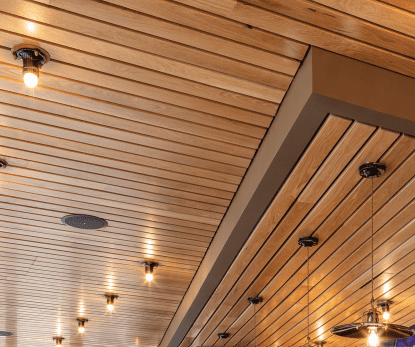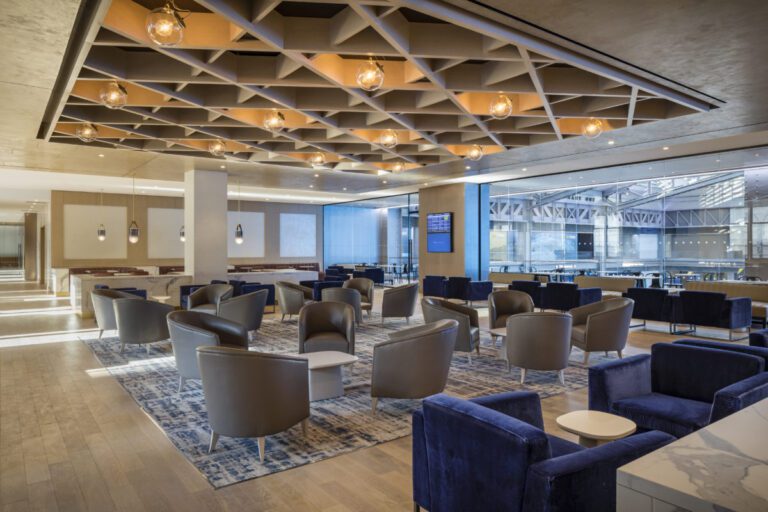Sustainability has become a modern priority for many commercial entities. A greater focus on reducing waste and opting for sustainably sourced materials has also transformed the design approaches for many architects and contractors that also share these values.
Incorporating sustainability into your building’s interior design does not have to be expensive or complicated. In fact, many sustainable features can generate long-term savings for your business while reducing impacts on the local environment.
Today, we are going to cover some tips that you can easily put into practice in designing an interior space for your commercial building. From selecting the right materials to positioning the building to capture the most daylight possible, these practical steps can seamlessly fit into your plans.
Use Concrete as Part of Your Design Plans
Concrete is a sustainable building material that can provide either a sleek and polished or rustic, textured aesthetic for your building. It also includes other benefits such as energy efficiency, durability, fire resistance, and resilience against damage.
While concrete is most associated with foundations and flooring, it can also be used for a range of other architectural features. Some examples include walls, countertops, and support columns in buildings with high ceilings.
From a design perspective, concrete provides a darker, cooler-toned aesthetic. You can combine it with wood panel grilles and cubed designs on your walls and ceilings to create a stylish contrast with a warmer and brighter material.
Incorporate Passive Sustainability Features
Passive sustainable features are those that don’t require any mechanical or electrical components to operate. They work by maximizing the use of natural elements such as sunlight, wind, and water to help regulate the building’s temperature and energy consumption.
One way to incorporate passive sustainable features into your design plans is to include more windows positioned to receive as much sunlight as possible. This can help to reduce reliance on artificial light sources during daytime hours. You can also plan for the building to be oriented in specific directions that further maximize exposure.
Supplement Your Power with Renewable Sources
Another way to make your building sustainable is to supplement your power with renewable sources. This can be done in a few different ways, depending on the geographical location of the building and its surrounding terrain.
The most common and scalable to incorporate greener energy sources is to install solar panels on the building’s roof or nearby open field. If the building is located near a river or lake, you can also explore the feasibility of installing a small-scale hydroelectric power plant.
Depending on where your building will be constructed, you may not be able to fully power a large commercial building with renewable sources alone. However, supplementing your energy needs with sustainable resources can still make a significant impact and generate savings on monthly utility expenses that are guaranteed to quickly add up for large properties.
Choose Green Finishes for Surfaces
Finishes for your interior surfaces can have a direct impact on the indoor air quality of your space. For example, using low-emitting adhesives, sealants, paints, and coatings can help to improve the breathability of the air and also help to relieve occupants of respiratory irritations.
Another option that allows you to create an attractive design without needing to use any harsh finishing materials is to use high-quality wood paneling.
Wood paneling has experienced many innovations in its design and functionality since the 70s. No longer is it synonymous with cheap construction choices. Today, wood paneling is enjoying a resurgence as a stylish and sustainable alternative to painted drywall in commercial spaces.
Unlike drywall, which is made from gypsum, wood paneling is a natural material that is renewable and recyclable. When correctly sealed and maintained, wood paneling can also be highly resistant to fire and pests.
Lastly, wood paneling can be used to help create a more intimate and comfortable ambiance in a space. In large commercial buildings that can sometimes feel cold and impersonal, you can use wood paneling to add warmth and character. Acoustic panels can also help to reduce echo and irritating high frequencies so that your occupants can relax and concentrate more on their work.
Get Certified Sustainable Wood Paneling for Your Commercial Building Project
For over three decades, our team at Rulon International has provided innovative, customized, and eye-catching wood panel solutions for interior designers, architects, and contractors to incorporate into their commercial projects. With a wide range of decorative and acoustic panels, you can transform a building’s interior from a blank canvas into a lively and inviting space that people love to visit.
All of our products are independently certified for their sustainability and we are able to contribute to LEED credits, Living Building Challenge, and the WELL Building Standard. To learn more about how we can partner with you in developing the custom solution that you need for your design project, contact us today.





